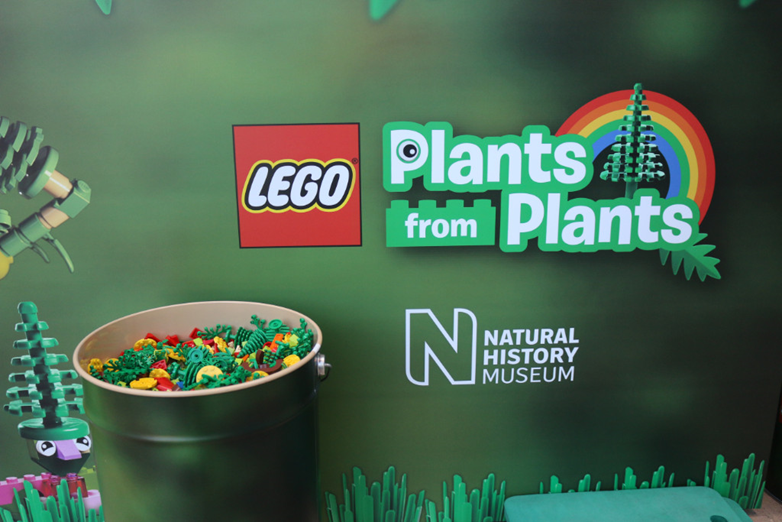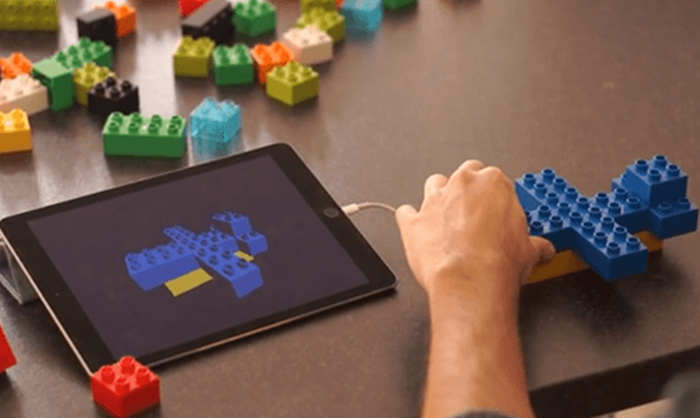
Charles R. Goulding considers the intersection of Legos, 3D printing and sustainability.
In an early July editorial, the Financial Times (FT) applauded Lego for its new prototype Lego brick made from recycled plastic bottles. Lego’s success is rooted in the fact that its construction toys are fun and embraced by parents for their STEM education potential. We have previously written about Lego’s 3D printing accomplishments in Fabbaloo.
In 2018, Lego replaced the materials in some plastic parts with plant material. The FT editors made the point that absent this type of innovation, future parents might not have the same enthusiasm for increasing the number of plastic product replacements. In this author’s view, this is an important message for all members of the 3D printing community.
The Lego brand applies to movies, theme parks and retail stores so the reputation for environmental stewardship supports a large business enterprise with a large societal impact. Support for the 3D printing industry could wane if the only result is more products from raw materials. However, innovation that results in circular recycled materials should be well received.

Sustaining the Environment
As we reported in 2018 on Fabbaloo, 3D printing Legos is a piece of cake. But exchanging all petroleum-based plastics with plant-based, or recycled plastic bottle materials by 2030 is a daunting task, even for Lego.
The final Lego product needs to fit together with ease and retain its vibrant colors. In addition, the products need to be child-safe and highly resistant to breakage. 3D printing may facilitate further experimentation with these new materials and help create new and improved manufacturing processes to enforce these sustainability measures.
The Research & Development Tax Credit
The now permanent Research and Development (R&D) Tax Credit is available for companies developing new or improved products, processes and/or software. Eligible costs include U.S. employee wages, cost of supplies consumed in the R&D process, cost of pre-production testing, U.S. contract research expenses, and certain costs associated with developing a patent. As of 2016, eligible startup businesses can use the R&D Tax Credit against $250,000 per year in payroll taxes.
3D printing can help boost a company’s R&D Tax Credits. Wages for technical employees creating, testing and revising 3D printed prototypes can be included as a percentage of eligible time spent for the R&D Tax Credit. Similarly, when used as a method of improving a process, time spent integrating 3D printing hardware and software counts as an eligible activity. Lastly, when used for modeling and preproduction, the costs of filaments consumed during the development process may also be recovered.
Whether it is used for creating and testing prototypes or for final production, 3D printing is a great indicator that R&D Credit eligible activities are taking place. Companies implementing this technology at any point should consider taking advantage of R&D Tax Credits.
Conclusion
The 3D printing industry can take a note from Lego’s playbook and begin focusing on responsible materials for 3D printing as well as environmentally – sustainable additive manufacturing practices. Lego is using its resources and influence to help sustain the environment and play its part in securing the future for generations to come.
